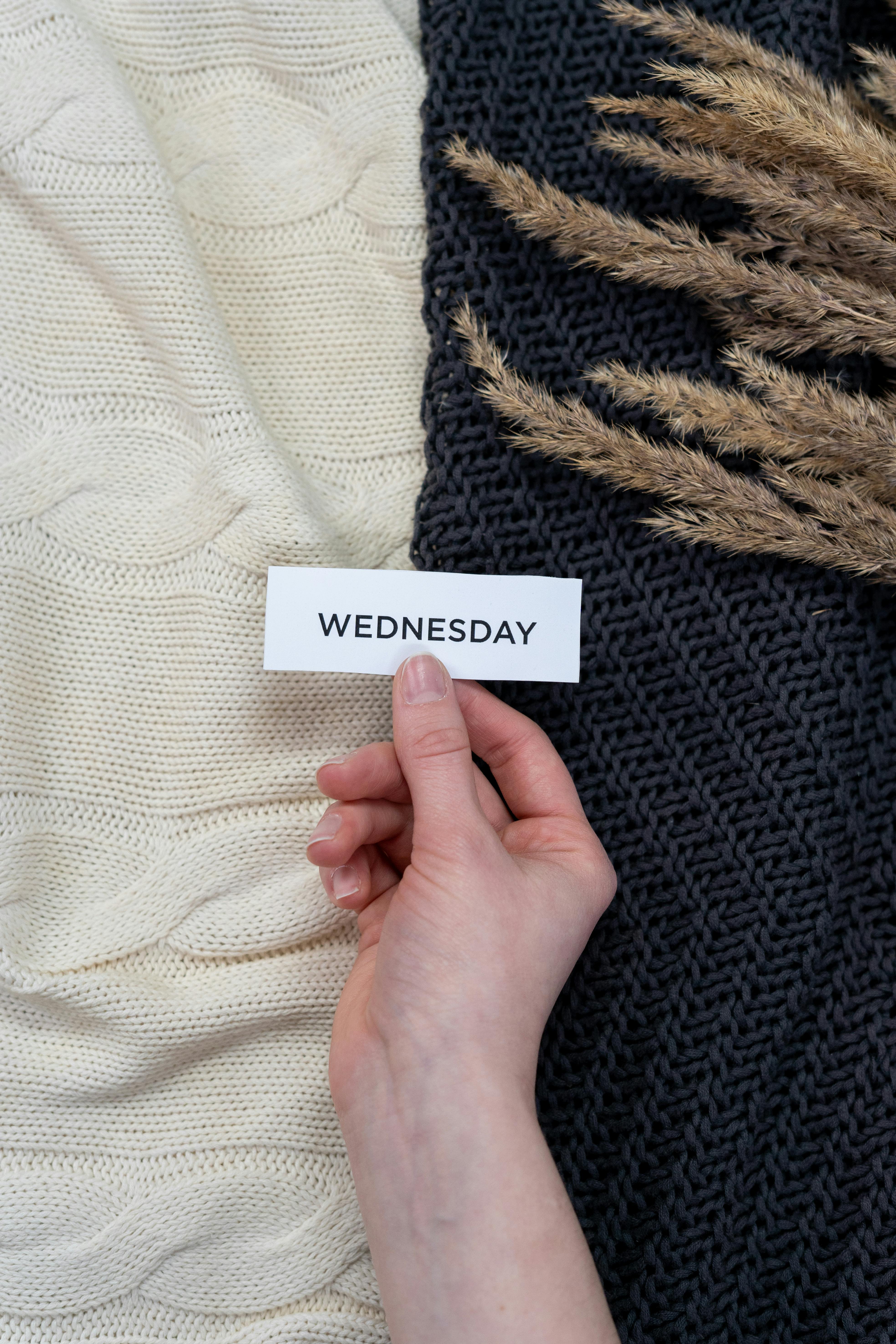
Apply Now


Simple Guide to Make Jelly at Home
Understanding Jelly: An Overview
Making jelly at home has become a popular culinary adventure for many food enthusiasts. The jelly-making process provides a fun way to preserve the essence of fruits while enjoying a delicious treat. This guide will delve into effective techniques for creating various types of jelly, including fruit jelly, flavored jelly, and traditional pectin jelly, making it accessible to everyone regardless of skill level. The importance of having a jelly recipe is not just about taste; it's also about creating memories. Homemade jelly adds a personal touch to holiday gatherings and is perfect for sharing with friends and family. Whether you're planning to serve jelly as a breakfast spread or as part of a dessert, the joys of making jelly from scratch are manifold. In this guide, you’ll discover various jelly making techniques, from simple recipes to more advanced methods. You'll also gain insights into choosing the best fruits for your jelly, understanding the jelly preparation processes, and tips for storing and serving your creations.The Basic Jelly Ingredients You Need
To begin the jelly making process, it’s essential to gather the right ingredients. The primary components for most jelly recipes include fruits, sugar, pectin, and water. Fruits provide natural flavors and sweetness, while pectin acts as a thickening agent to help the jelly set properly. When selecting fruits for your jelly, opt for fresh options. Some of the best fruits for jelly-making include strawberries, raspberries, blueberries, and blackberries. If you're interested in experimenting with flavors, think about combining fruits to create a stunning multi-fruit jelly. Don't forget about sugar! Jelly with sugar can offer a delightful sweetness, but for those watching their sugar intake, alternatives like honey or agave can be used as well. You can also explore low-sugar jelly making options for a healthier twist.Step-by-Step Process to Make Jelly
The jelly making process can be broken down into simple steps, ensuring that even beginners can achieve success. Here’s an effective step-by-step guide to help you: 1. **Prepare your fruit**: Wash and chop your selected fruits. For fruits with less natural pectin, like peaches or plums, boiling may be necessary to extract flavors and pectin. 2. **Juicing the fruit**: Use a juice extractor or boil the fruit and strain to extract the juice. This juice will be the foundation for your jelly. 3. **Mixing ingredients**: In a pot, combine the fruit juice with sugar and pectin. It's crucial to follow the proportions recommended in your jelly recipe for optimal results. 4. **Boiling the mixture**: Place the pot over medium heat and stir consistently. Allow the mixture to come to a rolling boil. This phase activates the pectin, ensuring your jelly thickens adequately. 5. **Canning the jelly**: Carefully fill sterilized jars with your jelly, leaving some headspace at the top. Seal the jars while hot and process them in a boiling water bath if you intend to preserve them long-term. By following these steps, homemade jelly can be achieved successfully.Exploring Popular Jelly Types
Traditional Fruit Jelly Recipes
Traditional fruit jelly recipes are classics that have stood the test of time. Combining fruits like grapes, apples, or berries with sugar and pectin, these recipes yield a delightful spread perfect for toast or dessert options. These recipes are cherished in families and passed down as heritage. When making traditional jelly, it’s essential to balance the sweetness of your fruit. Using a mixture of sweeter and tart fruits can enhance flavor complexity which is desired in homemade preserves.Easy Fruit Jelly: A Quick Recipe
If you're in a hurry or simply want a no-fuss approach, an easy jelly recipe can be your go-to option. Stripped down to the basics, all you need are your fruit of choice (such as strawberries or blueberries), sugar, and pectin. 1. Start by preparing your fruit and juicing it. 2. Combine the juice with sufficient sugar and pectin in a pot. 3. Bring it to a boil, then pour it into jars. 4. Allow it to cool and set. This quick jelly recipe can save you time while still producing a delicious end product.Flavored Jelly Variations: Experimenting with Tastes
There’s little stopping you from experimenting with custom jelly flavors. From citrus zests to herbs like mint or basil, there are endless possibilities! These flavored jellies can elevate your dessert presentations or serve as unique dip options. Experimenting with flavored jelly is all about balance. Adding zest or even using fruit mixtures can result in delightful marry-up of flavors. Capture the essence of seasonal fruits by making jelly variants that incorporate what is fresh during harvest times.Jelly Storage and Serving Ideas
Jelly Containers and Storage Methods
Proper jelly storage is vital to extend the lifespan of your delicious creations. Utilize sterilized jars or containers to store your jelly securely. Keep your jelly in a cool, dark place, ensuring they’re well-sealed to prevent spoilage. The lifespan of homemade jelly can vary based on storage conditions; however, when properly canned, it can last up to a year on the shelf. Once opened, it's best to consume the jelly within a few weeks and store it in the refrigerator.Jelly Serving Ideas for Every Occasion
When it comes to presentation, jelly can be enjoyed in numerous ways. From serving it on toast or as an accompaniment to cheese platters, jelly's versatility shines brightly. You can opt to mold your jelly into intricate shapes for a presentational touch at gatherings or dinners. For added flair, consider using jelly in drinks as a flavor enhancer or as toppings for desserts. There’s no wrong way to showcase your homemade jelly — it can delight your guests while also being a conversation starter.Common Jelly-Making Troubleshooting
Jelly Troubleshooting Tips
As with any cooking endeavor, making jelly comes with its share of challenges. It's essential to understand that jelly failure is common and can often be resolved. One common concern is jelly not setting correctly. This could be due to incorrect proportions of sugar and pectin or insufficient boiling time. When this happens, you can reprocess the jelly by returning it to a boil and adding more sugar or pectin to achieve the desired consistency. Moreover, watch out for cloudiness in your jelly; straining the juice more thoroughly can help achieve that clear jelly look. Ensuring that all your containers and utensils are clean is vital for food safety and preventing spoilage.Frequently Asked Questions
What fruits are best for making jelly? Using fruits that are high in pectin, such as apples and citrus, leads to better jelly consistency. Overripe fruits can also yield rich flavors for jelly. Can I make jelly without pectin? Yes, you can make jelly without added pectin by using fruits that naturally contain high amounts of pectin, like quinces or crabapples. How long does homemade jelly last? When stored properly in a cool dark place, homemade jelly can last for about 1 year. Once opened, refrigerated jelly should be consumed within 2-3 weeks. Are there ways to make jelly healthier? Consider using natural sweeteners, or experimenting with low-sugar jelly recipes to reduce calorie intake while still enjoying a treat. By following these techniques and tips, making jelly at home can be a satisfying and rewarding venture for anyone, bringing joy to your kitchen and to those you share it with.
